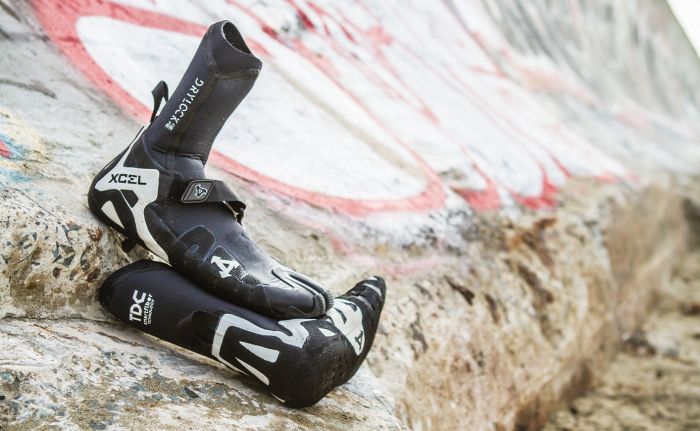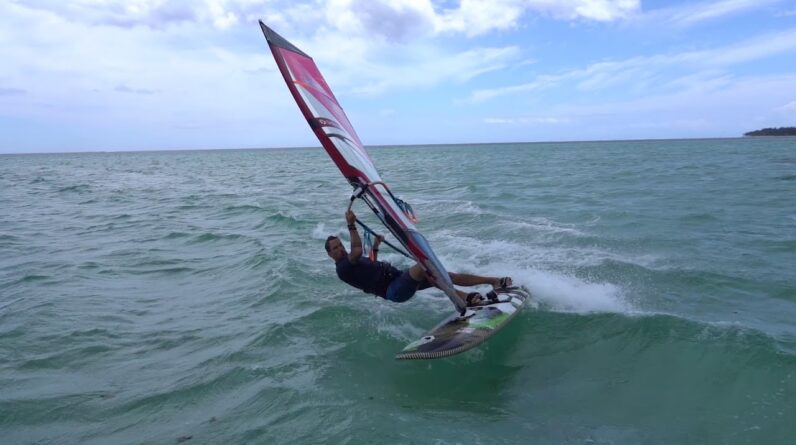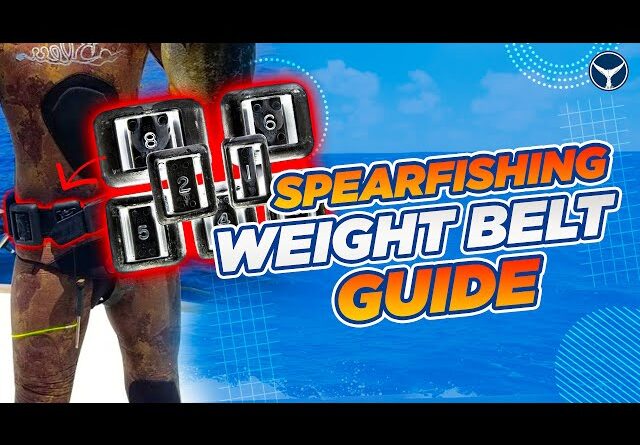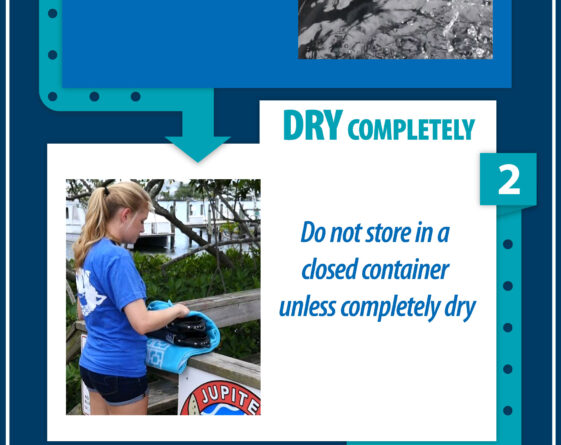
Imagine yourself standing on the edge of a pristine beach, the sun warming your skin and the waves crashing against the shore. The ocean beckons, and as a scuba diving enthusiast, you can’t wait to explore the vibrant underwater world. But before you dive in, it’s important to ensure your trusty companions – your scuba diving snorkeling fins – are well-cared for and stored properly. In this article, we will share some useful tips on how to keep your fins in the best condition, so they can continue to accompany you on countless unforgettable adventures beneath the sea. So grab your snorkel gear, let’s get started!
Cleaning Your Fins

This image is property of www.tdisdi.com.
Rinsing after each use
To keep your fins in top condition, it’s important to rinse them thoroughly after each use. This will help remove any salt or chlorine residue that may have built up during your dive. Simply use fresh water to rinse off the entire surface of the fins, paying special attention to the foot pockets and buckles.
Removing sand and debris
Sand and debris can easily get trapped in the crevices of your fins, which can affect their performance over time. Take the time to remove any sand or debris by rinsing the fins and using a gentle brush or cloth to scrub away any stubborn particles. Be careful not to use excessive force, as this could damage the fins.
Soaking in warm soapy water
For a deeper clean, you can soak your fins in warm soapy water. This will help to remove any stubborn stains or dirt that may have accumulated. Be sure to use a mild detergent that is suitable for the material of your fins. Gently scrub the fins with a soft brush or cloth to ensure a thorough cleaning.
Using a soft brush or cloth
To ensure a thorough clean, use a soft brush or cloth to scrub the entire surface of the fins. This will help to remove any remaining dirt or residue. Be sure to use gentle strokes and avoid using excessive force, as this could damage the fins. Pay close attention to the foot pockets and buckles, as these areas can often accumulate dirt and debris.
Drying thoroughly
Once you have cleaned your fins, it’s important to dry them thoroughly before storing them. Use a clean towel to remove any excess water, and then allow the fins to air dry in a well-ventilated area. Avoid exposing the fins to direct sunlight or hot temperatures, as this could cause them to warp or crack. Ensure that the fins are completely dry before storing them to prevent the growth of mold or mildew.
Protecting Your Fins
Avoiding hot temperatures
Exposure to hot temperatures can cause your fins to warp or deform, affecting their performance in the water. It’s important to store your fins in a cool and dry place, away from direct sunlight or heat sources. Avoid leaving them in your car or in any area prone to high temperatures, as this can lead to irreversible damage.
Preventing exposure to direct sunlight
Direct sunlight can cause the color of your fins to fade and the material to weaken over time. To protect your fins, store them in a shaded area or use a cover to shield them from direct sunlight. UV rays can be harmful to the material of your fins, so it’s important to take precautions to ensure their longevity.
Keeping away from sharp objects
Sharp objects can easily puncture or damage the material of your fins. When storing your fins, make sure to keep them away from any sharp objects that could potentially cause harm. By storing them in a designated fin bag or cover, you can minimize the risk of accidental damage.
Storing in a cool and dry place
Proper storage is crucial in maintaining the integrity of your fins. To prevent warping, cracking, or other forms of damage, store your fins in a cool and dry place. This will help to preserve their shape and ensure they are ready for your next underwater adventure.
Using protective fin covers
Fin covers provide an extra layer of protection for your fins, guarding against scratches, scuffs, and other forms of external damage. Consider investing in durable and well-fitting fin covers to keep your fins in optimal condition while not in use. This will not only extend their lifespan but also enhance their overall performance in the water.
Maintaining the Straps
Checking for wear and tear
Regularly inspect the straps of your fins for any signs of wear and tear. Look for fraying, looseness, or any other damage that may compromise their functionality. If you notice any issues, it’s important to address them promptly to ensure the straps remain secure during your dives.
Replacing damaged straps
If your fin straps are damaged beyond repair, it’s essential to replace them immediately. Damaged straps can pose a safety hazard in the water, as they may fail to secure the fins properly to your feet. Consult with a professional or refer to the manufacturer’s guidelines for proper strap replacement.
Adjusting strap tension
Proper strap tension is crucial for a comfortable and secure fit. Ensure that the straps are not too tight or too loose, as this can affect your control and efficiency in the water. Take the time to adjust the strap tension to your preference and make any necessary changes as needed.
Cleaning the buckles and adjusters
Over time, salt and dirt can accumulate in the buckles and adjusters of your fins, potentially causing them to become stiff or difficult to operate. Regularly clean these components with fresh water, and if necessary, use a small brush to remove any stubborn debris. This will help to maintain the functionality of the buckles and ensure they operate smoothly.
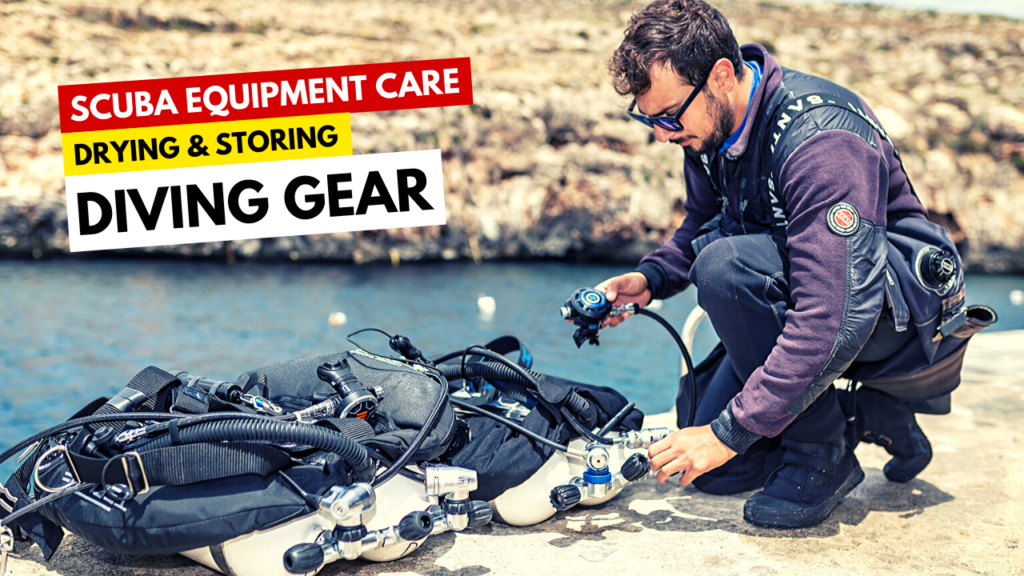
This image is property of storage2.snappages.site.
Avoiding excessive force
When adjusting the straps or operating the buckles, it’s important to avoid using excessive force. Applying too much pressure can lead to damage or breakage, rendering your fins unusable. Handle the straps and buckles with care, and if you encounter any resistance, take the time to identify the cause and address it appropriately.
Preventing Deformation
Avoiding standing or walking on fins
It may seem obvious, but it’s crucial to avoid standing or walking on your fins. This can put undue stress on the blades, foot pockets, or other crucial components, leading to deformation or irreversible damage. Always handle your fins with care and use them strictly for their intended purpose – underwater exploration.
Properly packing fins for travel
If you’re traveling with your fins, it’s important to pack them properly to prevent deformation during transit. Make sure to place the fins in a padded bag or case that provides sufficient protection. Avoid placing heavy items on top of the fins, as this can crush or distort them. By taking the time to pack your fins with care, you can ensure they arrive at your destination in pristine condition.
Avoiding extreme temperature changes
Rapid temperature changes, such as going from a cold environment to a hot one, can cause materials to expand and contract, potentially leading to deformation. When storing or transporting your fins, try to avoid exposing them to extreme temperature changes. Give them time to acclimate to the new environment before use to prevent any adverse effects.
Storing fins in their original shape
To maintain the integrity of your fins, always store them in their original shape. Avoid bending or flexing the blades, as this can result in permanent deformation. If your fins come with a supportive insert or blade blocks, utilize them during storage to ensure the fins retain their optimal shape.
Using a fin bag for protection
Investing in a dedicated fin bag is an excellent way to protect your fins during storage, transport, and even while in use. A high-quality fin bag provides an added layer of cushioning and serves as a barrier against potential damage from external elements. When not in use, be sure to keep your fins safe in a fin bag to prolong their lifespan.
Removing Salt and Chlorine
Rinsing fins in freshwater
After every dive, rinse your fins thoroughly with freshwater to remove any salt or chlorine residue. Saltwater can be corrosive, while chlorine can cause discoloration or damage over time. Be sure to rinse off all surfaces of the fins, paying close attention to the foot pockets, straps, and buckles.

This image is property of dipndive.com.
Soaking in a solution of freshwater and vinegar
For a deeper cleanse, you can soak your fins in a solution of freshwater and vinegar. The vinegar acts as a natural cleaning agent, helping to remove any stubborn salt deposits or discoloration. Fill a container with equal parts water and vinegar, and allow your fins to soak for a few minutes before rinsing them off with freshwater.
Using a mild detergent for stubborn stains
If your fins have stubborn stains or marks, you can use a mild detergent specifically designed for diving gear. Follow the manufacturer’s instructions for dilution and use a soft brush or cloth to gently scrub away the stains. Rinse thoroughly afterward to remove any residue.
Avoiding harsh chemicals
When cleaning your fins, it’s important to avoid using harsh chemicals or abrasive cleaners. These can damage the material and compromise the integrity of your fins. Stick to gentle cleaning agents, such as vinegar or mild detergents, to ensure the longevity of your fins.
Drying completely before storing
After cleaning your fins, it’s crucial to allow them to dry completely before storing them. Excess moisture can promote the growth of mold or mildew, which can damage the material of your fins and create an unpleasant odor. Ensure that your fins are thoroughly dry before storing them in a cool and dry place.
Regular Inspection
Checking for cracks or splits
Regularly inspect your fins for any signs of cracks or splits. Examine the blades, foot pockets, and straps thoroughly to ensure there are no visible damages. If you notice any cracks or splits, it’s important to address them promptly, as they can compromise the structural integrity of your fins.
Examining for loose parts
Loose parts, such as buckles, straps, or foot pockets, can affect the performance and safety of your fins. Take the time to examine all the components of your fins and ensure they are securely fastened. If you identify any loose parts, tighten them or seek professional repair if necessary.
Inspecting the foot pockets
The foot pockets are a crucial part of your fins, as they provide the connection between your feet and the blades. Regularly inspect the foot pockets for any signs of wear, tear, or damage. Look for loose stitching, tears, or worn-out material. If you notice any issues, address them promptly to prevent discomfort or a compromised fit.

This image is property of www.dolphinscuba.com.au.
Identifying signs of wear
Frequent use can cause wear and tear on your fins over time. Keep an eye out for any signs of wear, such as fraying, discoloration, or deformation of the blades. Identifying and addressing these signs early can help extend the lifespan of your fins and ensure continued performance.
Seeking professional inspection if necessary
If you have any concerns about the condition of your fins, or if you’re unsure about any potential damage, it’s always best to seek professional inspection. Professional technicians can provide expert advice and perform necessary repairs to keep your fins in optimal condition.
Proper Storage Techniques
Choosing an appropriate storage location
When storing your fins, choose a location that is cool, dry, and away from direct sunlight. Ideally, the storage area should have good ventilation to prevent the buildup of moisture or mold. A dedicated gear storage cabinet or a designated shelf is ideal for keeping your fins safe and organized.
Hanging fins to prevent distortion
To prevent distortion or deformation of the blades, consider hanging your fins during storage. This will help maintain their proper shape and prevent any unnecessary pressure on the blades. Use hooks or hangers specifically designed for fins to ensure proper support.
Using a fin rack or hanger
For those with multiple pairs of fins, a fin rack or hanger can be a useful storage solution. These racks or hangers are designed to securely hold your fins while keeping them organized and easily accessible. Ensure that the rack or hanger is sturdy and properly installed to prevent accidents or damage.
Avoiding stacking heavy items on top
Avoid placing heavy items on top of your stored fins, as this can lead to deformations or a loss of structural integrity. Keep your fins in a separate compartment or area to protect them from unnecessary pressure or accidents.
Keeping fins away from pets
Pets, especially those with a penchant for chewing, may view your fins as a tempting toy. To prevent any accidental damage or destruction of your fins, store them in an area that is out of reach from pets. By keeping your fins safely away from curious paws, you can ensure their longevity and pristine condition.
Traveling with Fins

This image is property of www.tdisdi.com.
Properly packing fins in a travel bag
When traveling with your fins, it’s crucial to pack them properly to protect them from damage. Use a padded fin travel bag or a protective case to provide sufficient cushioning. Place your fins in the bag, ensuring they are not too tightly packed or at risk of bending during transport.
Protecting the fins during transport
During transport, it’s important to take precautions to prevent any accidental damage to your fins. Avoid placing heavy items on top of the fins, as this can lead to deformation. Handle the bag with care and ensure that it is securely stored in your luggage to minimize any potential shifting or impact.
Avoiding placing heavy items on top
To prevent any potential damage, avoid placing heavy items on top of your packed fins. This can exert excessive pressure and lead to deformation or other forms of damage. Keep your fins in a separate compartment or area of your luggage to ensure their protection during travel.
Using a fin travel case
Investing in a dedicated fin travel case can provide excellent protection for your fins during travel. These cases are specifically designed to secure and shield your fins from potential accidents or damage. They often come with additional compartments for storing other diving gear essentials, making them a convenient travel companion.
Ensuring fins are securely stored
Before embarking on your journey, double-check that your fins are securely stored in your travel bag or case. Ensure that any straps or buckles are properly fastened, and that the fins are positioned in a way that minimizes movement during transit. By taking these precautions, you can enjoy peace of mind knowing your fins are protected throughout your travels.
Maintaining Blade Flexibility
Avoiding exposure to extreme temperatures
Extreme temperatures can negatively impact the flexibility of your fin blades. To maintain optimal performance, it’s important to avoid exposing your fins to hot or cold environments for prolonged periods. Rapid temperature changes or extremes can lead to blade stiffness or brittleness, compromising your fins’ ability to propel you efficiently through the water.
Avoiding excessive force or bending
Excessive force or bending of the fin blades can cause them to lose their flexibility over time. Avoid stepping on or applying pressure to your fins, as this can lead to permanent damage or stiffness. Handle your fins with care, ensuring that they are not subjected to unnecessary stress that can affect their overall performance.
Using fin conditioner or silicone spray
To maintain the flexibility of your fin blades, you can apply a small amount of fin conditioner or silicone spray. These products help to keep the blades supple and prevent them from becoming dry or brittle. Apply the conditioner or spray according to the manufacturer’s instructions, being careful not to use too much or apply it to areas where it may affect your grip.
Checking for any stiffness or resistance
Regularly check your fin blades for any signs of stiffness or resistance. Gently flex the blades to ensure they still have their intended flexibility. If you notice any stiffness or reduced range of motion, it may be an indication that your fins require maintenance or replacement.
Seeking professional advice for repairs
If you have concerns about the flexibility of your fin blades or if you notice any issues during your dives, it’s best to seek professional advice. Experienced technicians can assess the condition of your fins and provide necessary repairs or offer recommendations for suitable replacements if needed.
Replacing Worn-out Fins
Monitoring wear and tear
Regularly monitor the condition of your fins to gauge their level of wear and tear. Look for signs such as fraying, cracks, or loss of structural integrity. If you notice significant damage or a decline in performance, it may be an indication that it’s time to replace your fins.
Replacing fins when necessary
When your fins reach a point where repairs are no longer feasible or their performance is compromised, it’s important to replace them. Continuing to use worn-out fins can hinder your diving experience and potentially compromise your safety. Invest in new fins that meet your comfort and performance needs to ensure enjoyable and safe dives.
Considering comfort and performance
When selecting replacement fins, consider both comfort and performance. Look for fins that provide a secure and comfortable fit, with features that complement your diving style and needs. Whether you prioritize speed, maneuverability, or ease of use, choose fins that suit your preferences and enhance your overall diving experience.
Seeking expert advice for suitable replacements
If you’re unsure about which fins to choose or need expert recommendations, seek advice from experienced divers or professionals. They can provide valuable insights based on their own experiences and help you find fins that are suitable for your skill level, diving conditions, and personal preferences.
Properly disposing of old fins
When you replace your worn-out fins, it’s important to dispose of them properly. Check with local recycling centers or diving equipment retailers to see if they offer fin recycling programs. If recycling is not an option, always discard your fins responsibly to minimize their impact on the environment.



